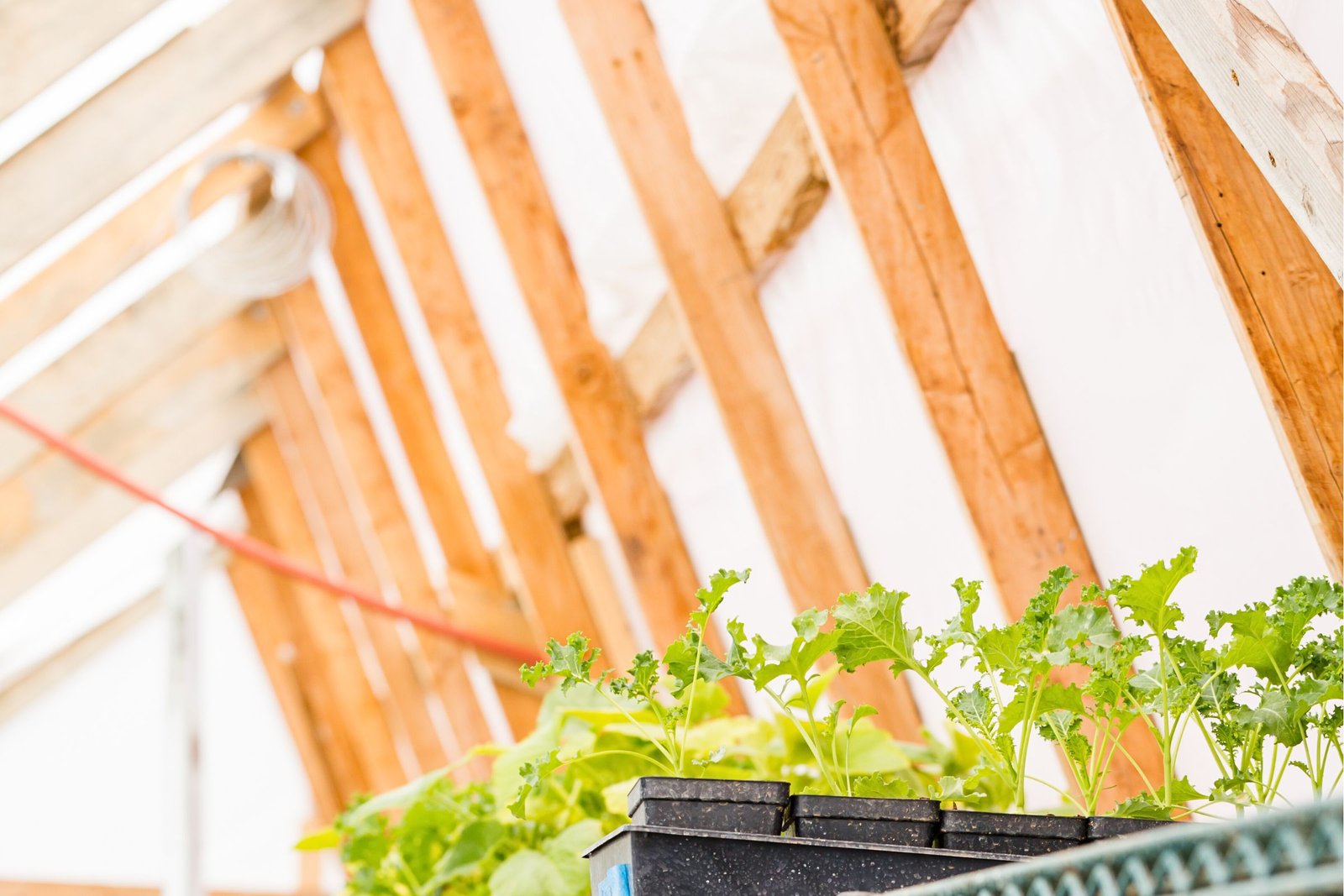Offer Finger Foods: Exploring Independence and Textures

Toddlers are at an age where they crave independence, and mealtime is a perfect arena for them to express this newfound autonomy. When faced with a child who refuses to eat from the spoon, introducing finger foods becomes a valuable strategy to make meals more interactive and enjoyable. Here’s how you can navigate this aspect of the toddler tango:
Diverse Options for Exploration:
Offer a variety of finger foods that span different food groups. Include soft fruits like banana slices or berries, steamed vegetables cut into bite-sized pieces, and small portions of well-cooked protein such as shredded chicken or tofu cubes.
The goal is to provide a range of textures and flavors, allowing your child to explore and discover their preferences.
Encourage Self-Feeding Skills:
Equip your toddler with utensils designed for little hands, such as child-friendly forks and spoons. This encourages the development of self-feeding skills and boosts their confidence during meals.
While it might get messy at times, letting your child take control of the eating process helps foster a sense of accomplishment and independence.
Creative Presentation:
Make mealtime more appealing by presenting finger foods in a visually enticing manner. Consider arranging colorful fruits or veggies in a playful shape or creating a simple food art arrangement on the plate.
Creative presentation can capture your child’s attention and make the dining experience more engaging.
Dipping Delights:
Introduce dips and spreads that your toddler can enjoy with their finger foods. Hummus, yogurt, or nut butter can add a tasty element to fruits, vegetables, or whole grain crackers.
Dipping can turn an ordinary meal into a fun, interactive experience, encouraging your child to try new foods.
Model Healthy Eating Habits:
Children often learn by observing, so make sure to model healthy eating habits during family meals. Demonstrate how to use utensils, share positive expressions about the taste of different foods, and showcase the joy of trying new things.
Your child is more likely to mimic these behaviors, gradually embracing a more diverse and nutritious diet.
Gradual Introduction of Utensils:
While finger foods are excellent for promoting self-feeding, gradually reintroduce the spoon alongside these options. Allow your child to experiment with utensils at their own pace, reinforcing the idea that using a spoon can be a positive and enjoyable experience.
By incorporating these finger food strategies, you not only address the spoon-feeding challenge but also empower your toddler to actively participate in the mealtime dance, turning it into a delightful routine for both parent and child.








